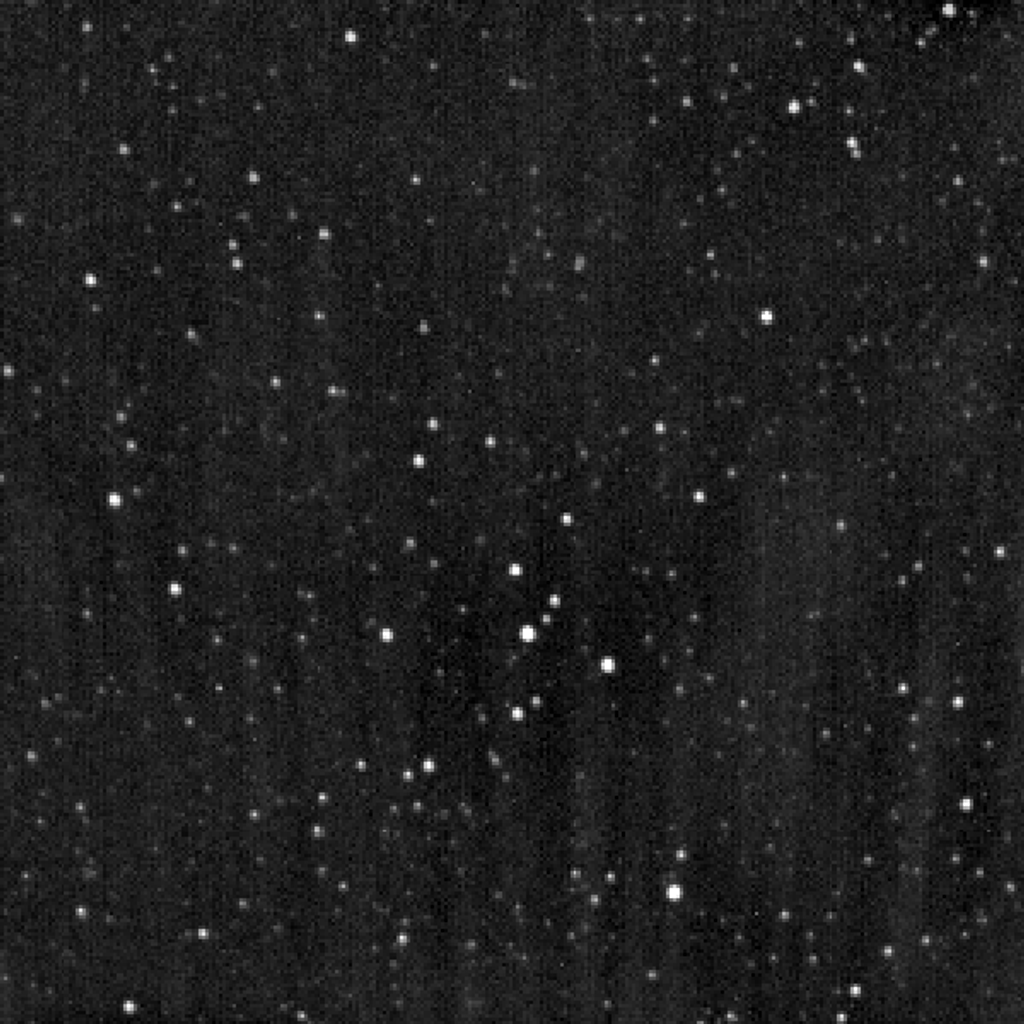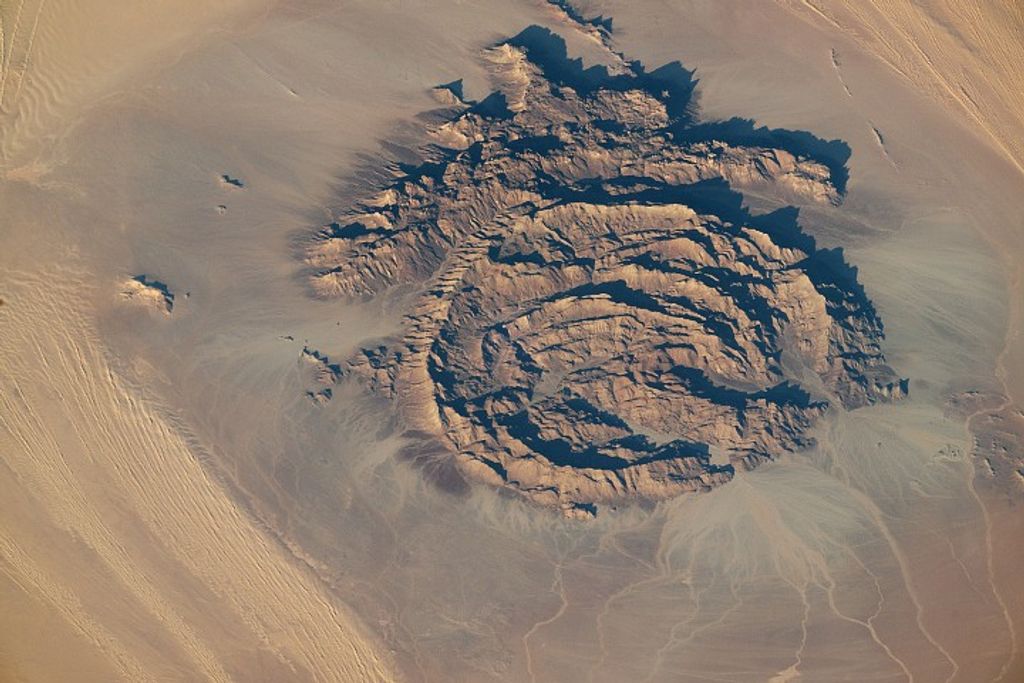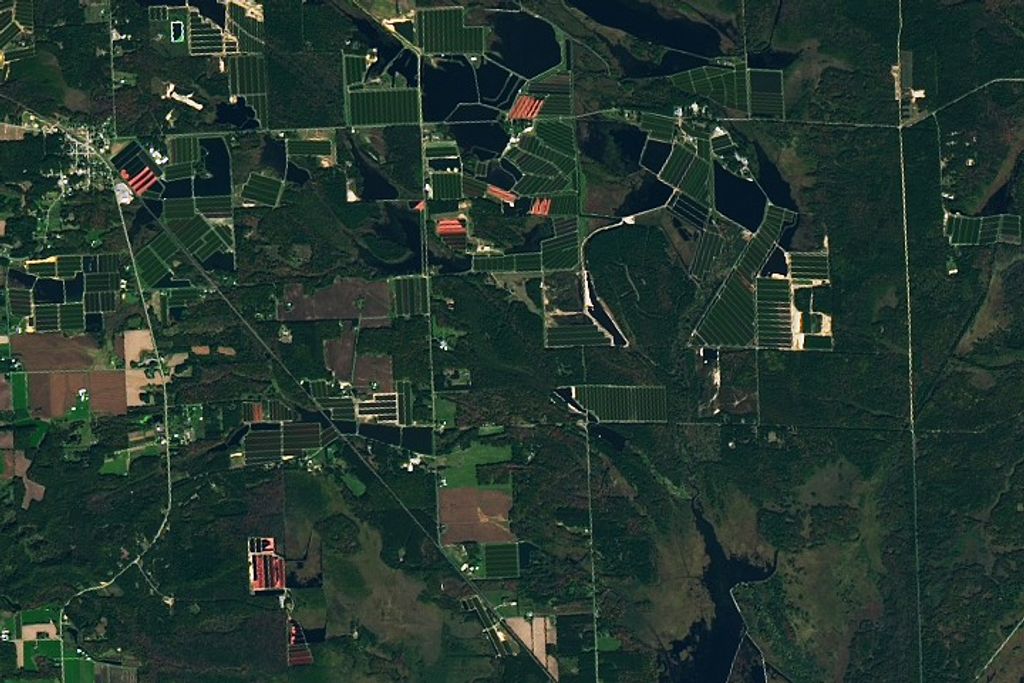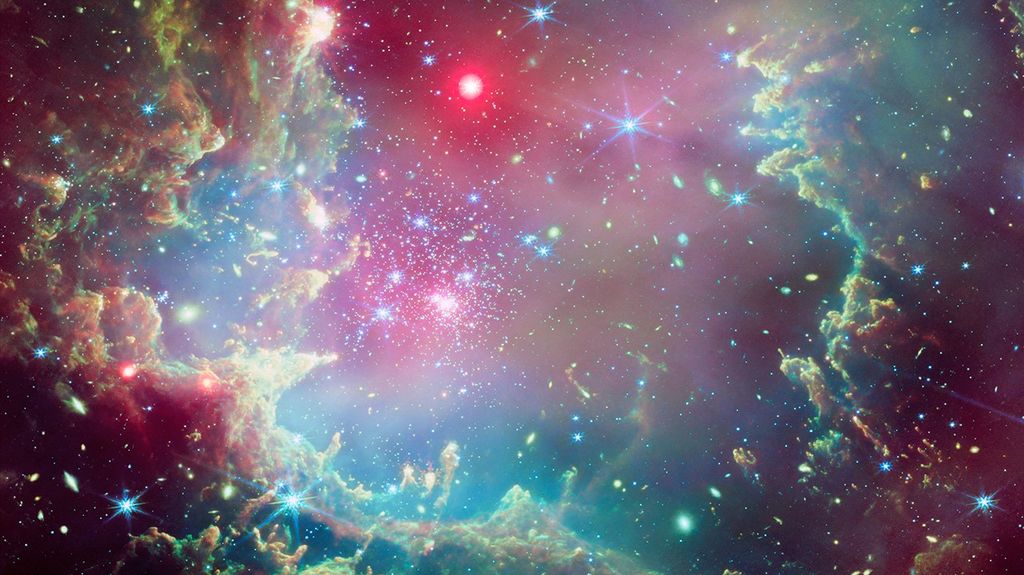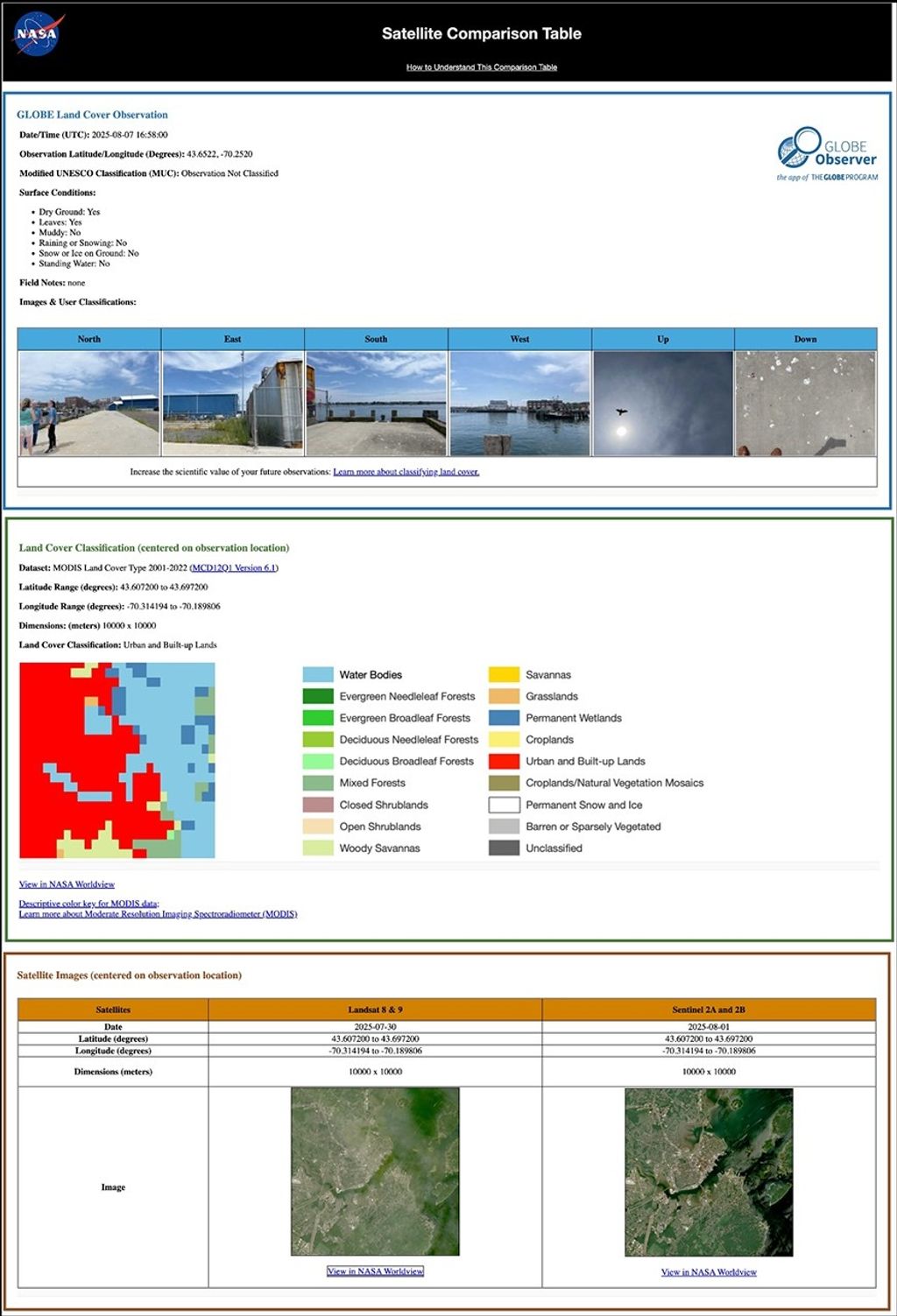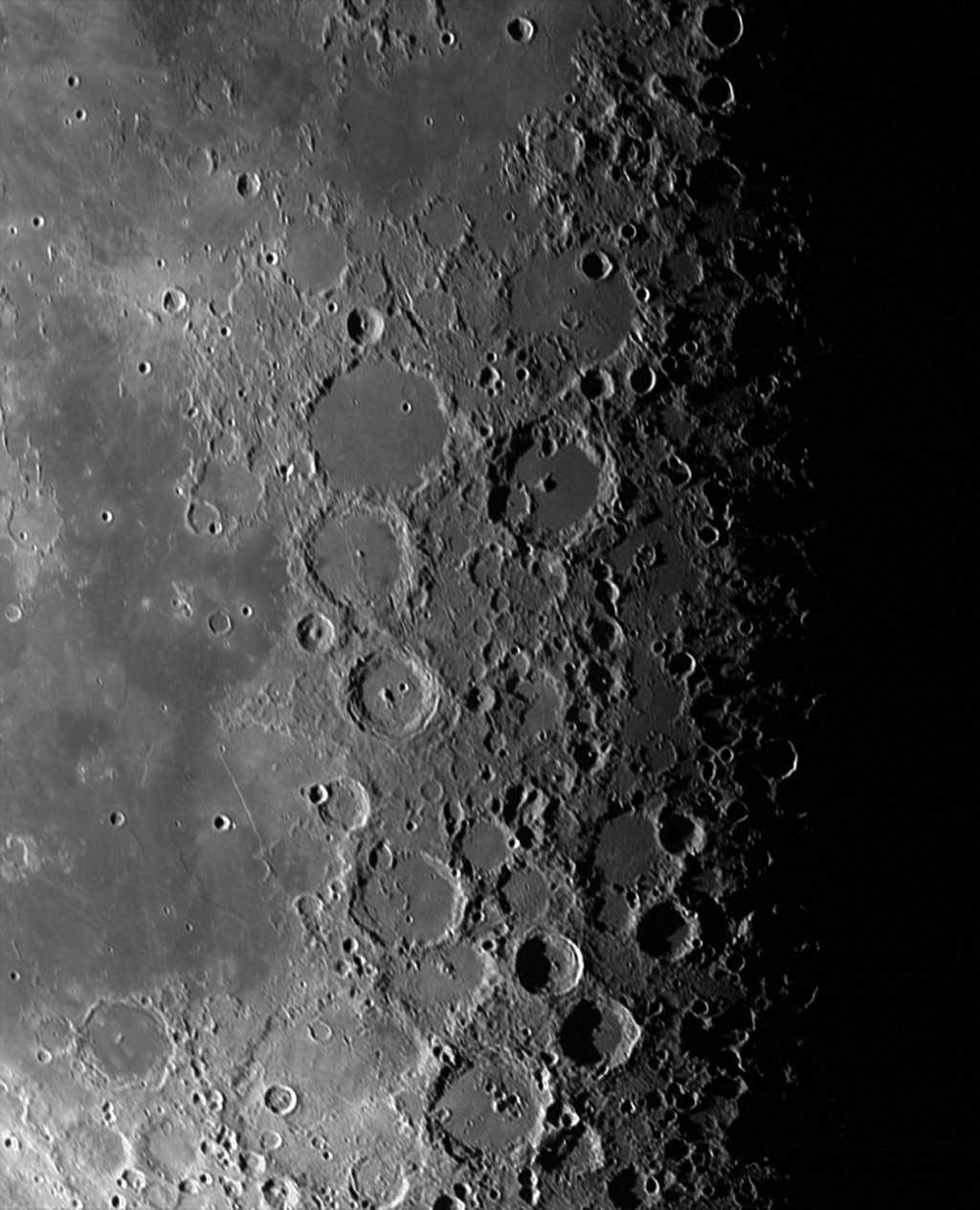1 min read
NGC 2346

About the Object
- R.A. PositionR.A. PositionRight ascension – analogous to longitude – is one component of an object's position.07h 9m 22.52s
- Dec. PositionDec. PositionDeclination – analogous to latitude – is one component of an object's position.00° 48' 23.59"
- ConstellationConstellationOne of 88 recognized regions of the celestial sphere in which the object appears.Monoceros
- DistanceDistanceThe physical distance from Earth to the astronomical object. Distances within our solar system are usually measured in Astronomical Units (AU). Distances between stars are usually measured in light-years. Interstellar distances can also be measured in parsecs.3,900 light-years (1,200 pc)
- DimensionsDimensionsThe physical size of the object or the apparent angle it subtends on the sky.The image is 2.8 arcminutes on the vertical side.
About the Data
- Data DescriptionData DescriptionProposal: A description of the observations, their scientific justification, and the links to the data available in the science archive.
Science Team: The astronomers who planned the observations and analyzed the data. "PI" refers to the Principal Investigator.Principal Astronomers: M.Stiavelli and I. Heyer (STScI) and collaborators - InstrumentInstrumentThe science instrument used to produce the data.HST>WFPC2
- Exposure DatesExposure DatesThe date(s) that the telescope made its observations and the total exposure time.March 6, 1997, Exposure Time: 24 minutes
- FiltersFiltersThe camera filters that were used in the science observations.F502N [O III], F656N (H-alpha), and F658N [N II]
- Object NameObject NameA name or catalog number that astronomers use to identify an astronomical object.NGC 2346
- Object DescriptionObject DescriptionThe type of astronomical object.Planetary Nebula in the Milky Way Galaxy
- Release DateOctober 7, 1999
- Science ReleaseHubble Heritage Project’s First Anniversary
- CreditNASA and The Hubble Heritage Team (AURA/STScI)

Blue: F502N [O III] Green: F656N (H-alpha) Red: F658N [N II]
Related Images & Videos

Herbig Haro 32: Jets of Material Ejected From a Young Star
HH 32 is an excellent example of a "Herbig-Haro object," which is formed when young stars eject jets of material back into interstellar space. This object, about 1,000 light-years from Earth, is somewhat older than Hubble's variable nebula, and the wind from the bright central...
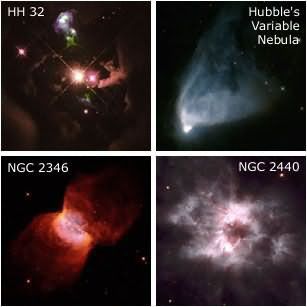
Hubble Heritage Project's First Anniversary
To mark the first anniversary of the Hubble Heritage Project, we present four NASA Hubble Space Telescope images of nebulae surrounding stars in our own Milky Way galaxy. Two of these Wide Field Planetary Camera 2 images (Herbig Haro 32 and Hubble's Variable Nebula) show...

Hubble's Variable Nebula (NGC 2261)
Hubble's variable nebula is named (like the Hubble telescope itself) after the American astronomer Edwin P. Hubble, who carried out some of the early studies of this object. It is a fan-shaped cloud of gas and dust which is illuminated by R Monocerotis (R Mon), the bright star...
Share
Details
Claire Andreoli
NASA’s Goddard Space Flight Center
Greenbelt, Maryland
claire.andreoli@nasa.gov





